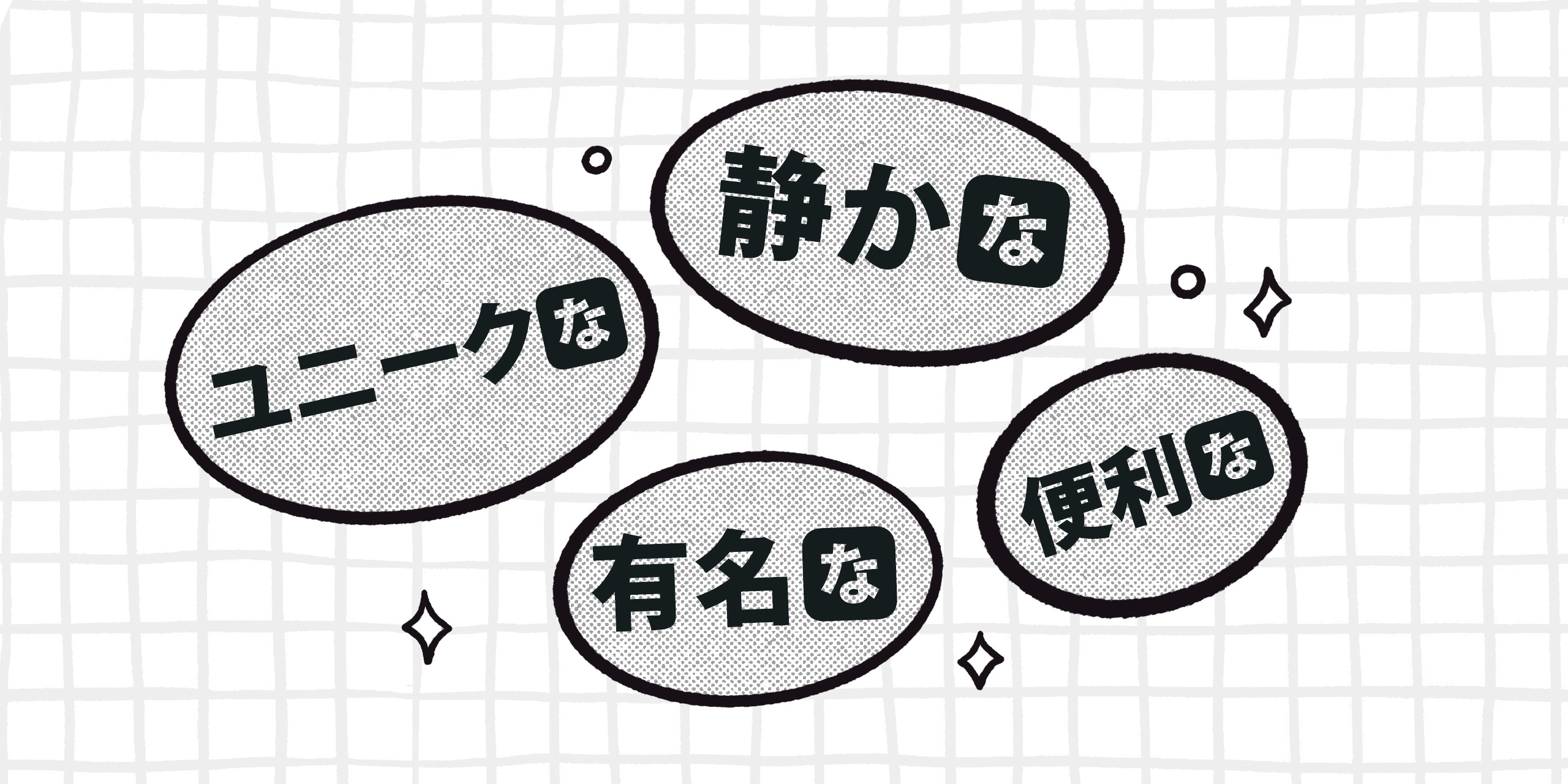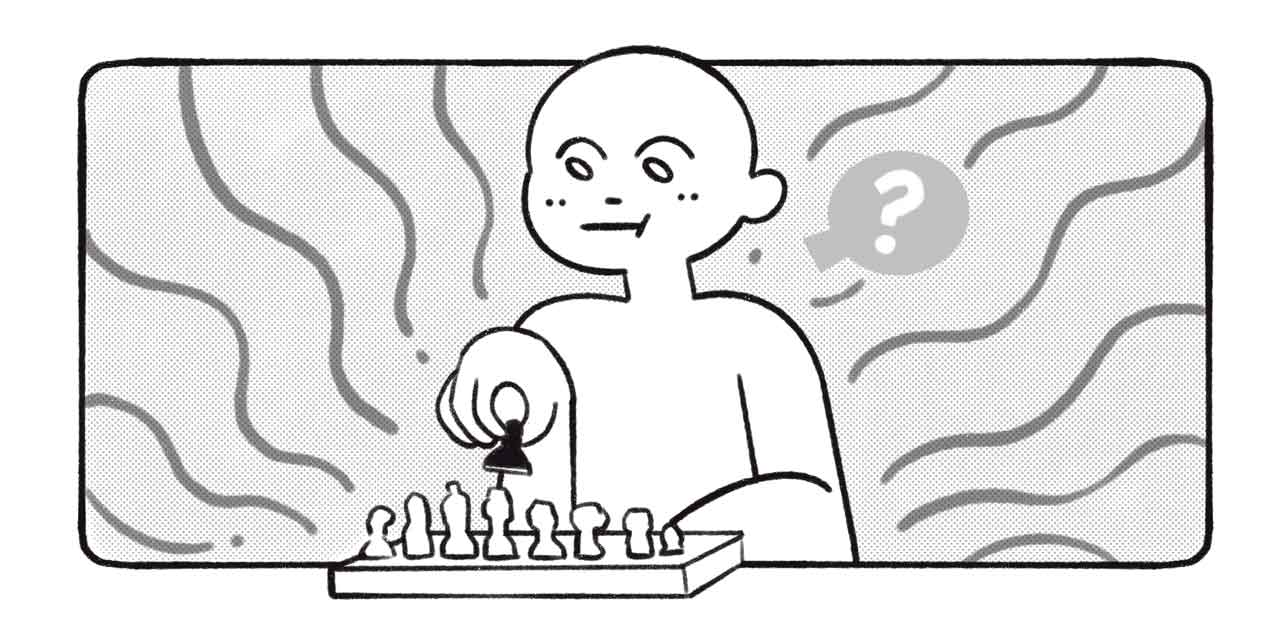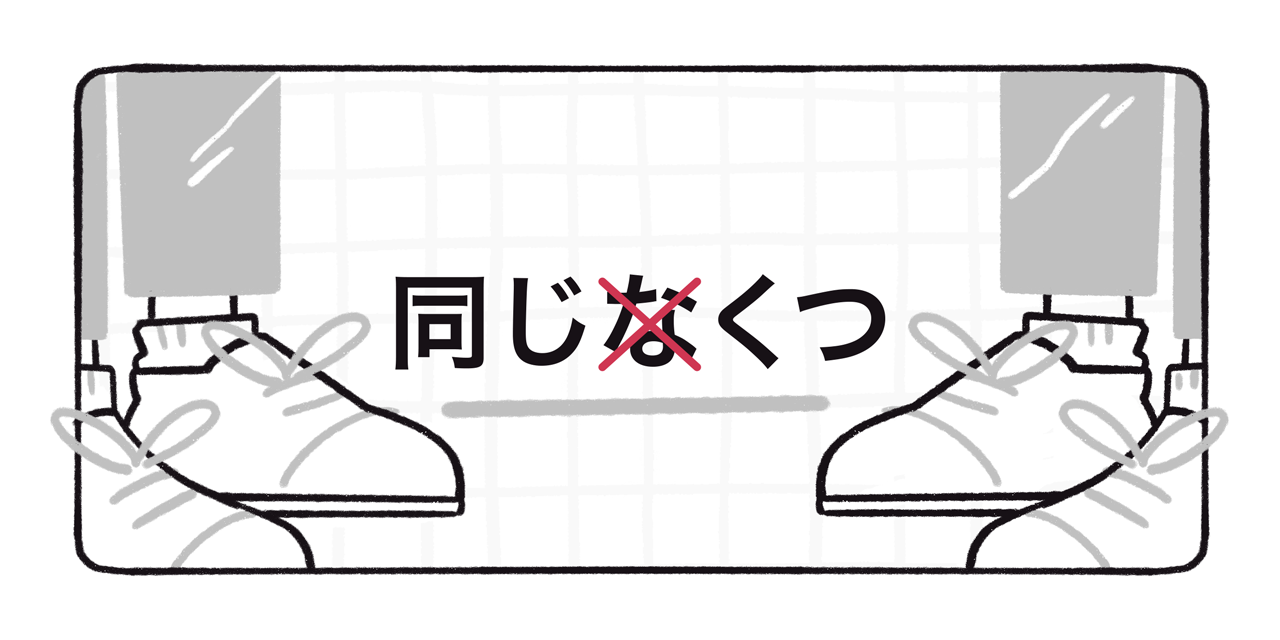Table of Contents
The Basics
な-adjectives are one of two kinds of adjectives in Japanese (the other being い-adjectives). The main function of な-adjectives is to describe nouns. For example, a famous person is 有名な人, a convenient tool is 便利なツール, and a safe place is 安全な場所. な-adjectives earn their name from な, which is used to attach a な-adjective to a noun. Unlike い-adjectives, な-adjectives cannot be conjugated to show tense—present or past—and truth value—positive or negative. This is a trait that な-adjectives share with nouns, and is one reason why they are often called “nominal (noun-like) adjectives” or “adjectival nouns” in linguistics.

Present Tense
Just like nouns, な-adjectives can take だ or です to indicate that they are in the present tense. This tells us that the quality described by the adjective is true now or in the future. For example:
- 日本の電車はすごく便利だ。
- Trains in Japan are very convenient.
- 平日なら、車より電車の方が便利ですよ。
- If we’re talking about a weekday, the train will be more convenient than a car.
We can also choose to end a sentence with the な-adjective itself, which is common in casual spoken Japanese. In this case, present tense is assumed, even though there is no explicit marker of it, like だ or です:
- これは便利。
- This is convenient.
Past Tense
When you want to indicate that the quality described by the な-adjective is in the past, you’ll use だった or でした to make it happen. This means that the quality was true before, but is no longer true at this point in time. For example:
- 子供の頃、この街は静かだったけど、今はにぎやかだね。
- When I was a child, this town was quiet, but now it’s lively.
- 親の時代は、ディスコはすごく人気でした。
- In my parents’ day and age, disco was super popular.
Negative な-adjectives

Making a な-adjective negative tells us that the quality described by the word is not true. To do this, you can choose from a few different negative markers, such as じゃない and ではない. Take a look:
- あの先生、字があまり綺麗じゃないね。
- That teacher’s handwriting isn’t very neat, is it?
- チェスは上手ではないが、下手でもない。
- I’m not good at chess, but I’m not bad at it either.
The Position of な-adjectives in a Sentence
Just like い-adjectives, な-adjectives can be used in two positions to describe a noun: at the end of a sentence, and right before a noun. な-adjectives can do a little more than い-adjectives though. Some な-adjectives can function like a noun, and serve as the subject or object of a sentence.
At the End of a Sentence

When a な-adjective comes at the end of a sentence (or more specifically, in the predicate of a clause), it describes the subject of the sentence. Let’s take a look:
- 最近、猫のビデオが人気だよね。
- Lately, cat videos are popular, aren’t they!
In this sentence, the な-adjective 人気 (popular) comes at the end of the sentence, and it is describing the subject noun phrase, 猫のビデオ (cat video).
It’s very common in Japanese for the subject to be left out of the sentence if what you’re talking about is clear from context. In this case, the な-adjective still describes the subject, you just have to figure out what that subject is.
- 最近、人気だよね。
- Lately, (these) are popular, aren’t they!
Perhaps you’d utter this if you’re in a room full of people on their phones, oohing and awwing over a video of a cute kitten in a teacup. In this case, you’re assuming that the person you’re talking to will understand that you’re referring to cat videos, and not something else. We do something similar in English, when we replace a noun with a pronoun, like “these” in the example sentence.
Before a Noun
When a な-adjective is used directly before a noun, you need to use な directly after the adjective. な is what attaches the adjective to the noun, forming a short noun phrase.
安全 + な + 場所 = 安全な場所
safe place a safe place
These words joined together can be used anywhere that a noun can be used:
- 安全な場所を探してください。
- Please look for a safe place.
In this sentence, 安全な場所 is the object of the sentence - it’s what we’re looking for. It could just as easily be used as the subject of the sentence, as in the next example:
- 安全な場所が一つもない。
- There isn’t a single safe place.
As a Noun
In addition to their ability to describe nouns, some な-adjectives can be used as nouns themselves (Hint: this is why な-adjectives are called “adjectival nouns” in linguistics). These nouns refer to abstract concepts, like “safety” (安全), “peace” (平和), or “freedom” (自由). When used as a noun, these words can take many roles in a sentence, including the subject or object.
- 安全が第一だ。
- Safety comes first.
- 平和を願っています。
- We’re hoping for peace.
- 自由を守りましょう。
- Let’s protect our freedom.
As An Adverb
Combined with the particle に, some な-adjectives can also be used as adverbs.
For example, if you combine 静か (quiet) and に, you can form 静かに (quietly) — an adverb that describes how an action or event happens quietly.
- 私は静かにドアを閉めた。
- I closed the door quietly.
In the same way, if you combine 綺麗 (beautiful) with に, you can make 綺麗に (beautifully). You can use this to talk about the way flowers bloom.
- バラが綺麗に咲いていた。
- Roses were blooming beautifully.
Or, how a room was clean and tidy.
- 部屋が綺麗に片付いていた。
- The room was very tidy.
(Literally: The room was beautifully tidy.)
This function is similar to the く form of い-adjectives, which also results in an adverb.
Beyond the Basics
The Origin of な-adjectives
Modern な-adjectives in Japanese have several different origins. The earliest な-adjectives originated in Japan. These are usually recognizable by the fact that have a hiragana ending, such as 〜か or 〜やか, as in 静か (quiet) and 賑やか (lively).
As contact with China increased throughout Japanese history, many new descriptive words were imported into Japanese as な-adjectives. な-adjectives of Chinese origin make up about two-thirds of all な-adjectives. They’re generally quite easy to recognize, because they can be written entirely in kanji, such as 綺麗 (beautiful), 安全 (safe), and 健康 (healthy).
Today, new words continue to enter Japanese from other languages (including English), and these tend to become な-adjectives as well. Like most foreign loan words from non-kanji using languages, these words are written in katakana. For example, ユニーク (unique), オリジナル (original), and クレージー (crazy) are all used as な-adjectives in Japanese.
The Historical Development of な
So the question remains: why do な-adjectives take な before a noun? In Old Japanese, にあり was used to show an adjective-like relationship between two words. The adjective-like word came first, and then connected to the noun it describes using にあり. You might recognize the two parts of this phrase, the particle に, and あり — the stem form of the verb ある.
Slowly, over many years, the way にあり was pronounced shifted and simplified, first becoming なる, and then eventually, becoming な, which is still in use today. The fact that these ancient な-adjectives used a verb ending (あり) when they came before a noun to describe it explains the traditional grammar name for な-adjectives - 形容動詞, or “adjectival verb”. While な-adjectives no longer resemble verbs, the ancestor of な itself is a verb. With this in mind, “adjectival verb” starts to make a little more sense, doesn't it?
What are の-adjectives?
In addition to い-adjectives and な-adjectives, some dictionaries and resources list a third kind of Japanese adjective: the の-adjective. If you’ve learned about particle の, you might know that it is used to describe the relationship between two nouns. This can be possession, as in お母さんの誕生日 (my mother’s birthday), or it can express identity, as in トヨタの山田さん (Mr. Yamada of Toyota). So in a phrase like 本当の幸せ (true happiness), why does の come after “true”, which is seemingly an adjective?
It comes down to the fact that な-adjectives possess traits of both adjectives and nouns, and many can take either な or の to describe a noun, depending on the nuance or meaning that the speaker wants to convey. We like to think of な-adjectives as existing on a spectrum, with some words favoring な, and others (like 本当) favoring の. Interest piqued? We wrote a whole article about this — read it here.
Common Mistakes
同じ

This is a small note, but beware of 同じ (same)! It feels like it should be a な-adjective, but it doesn't function quite like others.
When used at the end of a sentence, it’s no different than any other な-adjective:
- その靴は僕のと同じだ。
- Those shoes are the same as mine!
When you use 同じ immediately before a noun though, な is not used:
- わざと僕と同じ靴を買ったの?
- Did you buy the same shoes as me on purpose?
Ok, so easy enough to remember that 同じ doesn’t take な before a noun, but…
- 靴が同じなのに、僕の方が似合ってるよ。
- Our shoes might be the same, but they look better on me.
As you can see in the example above, when 同じ is used before a conjunction particle, like のに, it does take な. So the moral of the story is, watch out for 同じ, because it isn’t the same as other な-adjectives… get it? 😂
Treating な-adjectives like い-adjectives
Some な-adjectives are easy to mistake for い-adjectives. For example, きれい (clean) is a な-adjective. However, it ends in い, so you could be forgiven for thinking it's an い-adjective, and try to mark it as past tense with 〜かった or negative with 〜くない. Just remember — な-adjectives use words like だった and じゃない to accomplish this!
- ❌ 鳥にフンを落とされる前、車はきれ
かった。
⭕鳥にフンを落とされる前、車はきれいだった。 - The car was clean before a bird pooped on it.
- ❌ 私の部屋はきれ
くない。
⭕ 私の部屋はきれいじゃない。 - My room is not clean.
If you’re not sure whether an adjective is an い-adjective or な-adjective, check how it’s written in kanji. Unlike い-adjectives, the final 〜い of these な-adjectives is not in hiragana. For example, the kanji for きれい is 綺麗, not 綺麗い. The only exception to this is 嫌い (hateful), which is a な-adjective in spite of the い hanging off the end. 🤷🏻♀️